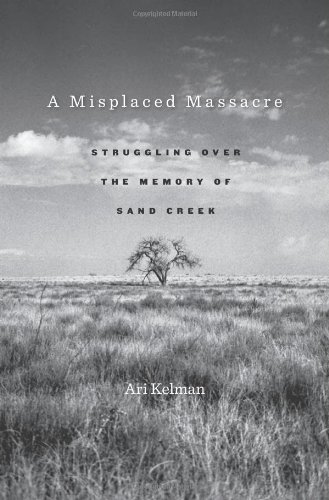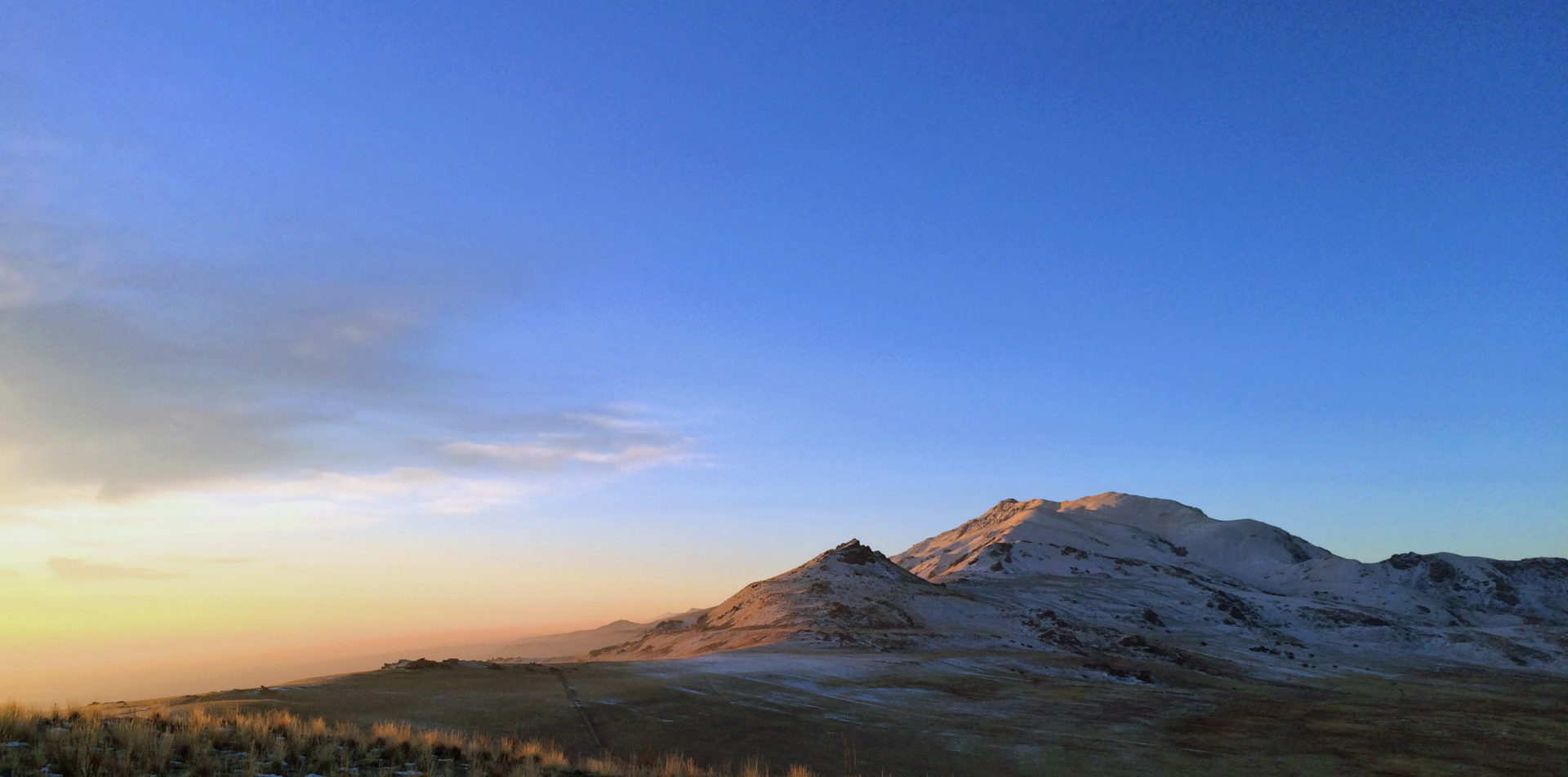From the Bookshelf
Periodic musings on books I like.
As I explained last week, the 1864 Sand Creek Massacre was the first topic to draw me into Western History. After undergraduate fumbling with the topic, it featured prominently in my early graduate work as I wrote my M.A. thesis on the Native American genocide studies historiography and debates between indigenous writers and Holocaust scholars. I later published a book chapter on the the broader topic of genocide studies in Native America (download PDF here, purchase the BOOK here), and a journal article that looks directly at Sand Creek historiography as well (download PDF here, full journal ISSUE here). My dissertation work moved me away from genocide studies and towards borderlands history, but I have maintained an interest in the genocide studies world, and Sand Creek in particular.
Hence, when I happened upon page-proof galleys of Ari Kelman’s A Misplaced Massacre: Struggling Over the Memory of Sand Creek at the press’s book stand at a conference a couple years ago, I added it to the short list of books I needed to assign for an upcoming graduate seminar. The text came out mid-semester, and although my students cursed me for assigning a brand new book (no cheap used paperbacks on amazon), they gave it glowing reviews. As a matter of fact, although was one of the last books of a very demanding semester, and it still ranked it as one of the favorites on our list – according to my post-semester polling of the class.
 A Misplaced Massacre: Struggling over the Memory of Sand Creek, by Ari Kelman
A Misplaced Massacre: Struggling over the Memory of Sand Creek, by Ari Kelman
Kelman’s doesn’t focus on the 1864 atrocities in Colorado, but rather the historical memory of the event – how it has been remembered, intentionally forgotten, memorialized, and so forth. I like this – scholarship that pulls the foggy past through the mess of the (still pretty foggy) more-recent past, and fully into the (clearer?) present. Massacre- or Atrocity-history is always contentious, so it is no wonder that in tracing the 150 years since, the reverberations of trauma and violence, how they impact the lives of descendents and regional residents, have been equally troubled. I think part of the reason that me and my class appreciated the book so much is that it so effectively communicated an important truism that we all know, but too seldom discuss: history is not a matter of the past. History is how we, in the present, interpret the past. That is what makes historiography so fascinating. Interpretive accounts often tell us as much about the historical events as they do the contemporary atmosphere in which the secondary literature was created. Moving away from the academic and towards the humanity involved, Kelman also lays forth how historical trauma and debate impacts successive generations. The pain of Cheyennes and Arapahoes didn’t end after the Sand Creek generation passed, quite to the contrary. The involvement of individual, family, private, tribal, state, and federal entities in forming the historical memory of Sand Creek makes for messy reading, and Kelman doesn’t shy away from the complex.
Full disclosure – I contacted Kelman before the book came out and he was kind enough to share the TOC with me so I could plan my syllabus before the book came out. So, he did win some brownie points with me on that account. Since, our communication has been friendly, and he seems like an all-around good guy. But, that isn’t why I decided to pick this book off my shelf for the blog. I have plenty of other friends’ books staring down at me that I haven’t featured yet (although, with promises of generous kick-backs, I’m not above broaching all my ethical standards for paid commissions, just kidding…but not really…ok, yes, I am kidding).
It really is top-notch scholarship and helps bring a nineteenth century topic fully into the present. IT underscores how history is very much alive with us today, and that it matters. (What a coincidence, isn’t that the whole schtick of the “Living Western History” blog series I launched last week! Complete coincidence, I swear). This is powerful stuff. I heartily recommend the book to anyone interested in Western history, Native peoples, or the politics of memory. I think the book could be useful in graduate courses, and an advanced undergraduate course could probably benefit from chewing on a pdf of one of the chapters as well.
You can follow Kelman’s occasional blogging here. http://www.arikelman.org

1 thought on “From the Bookshelf: Kelman, A Misplaced Massacre”
Comments are closed.